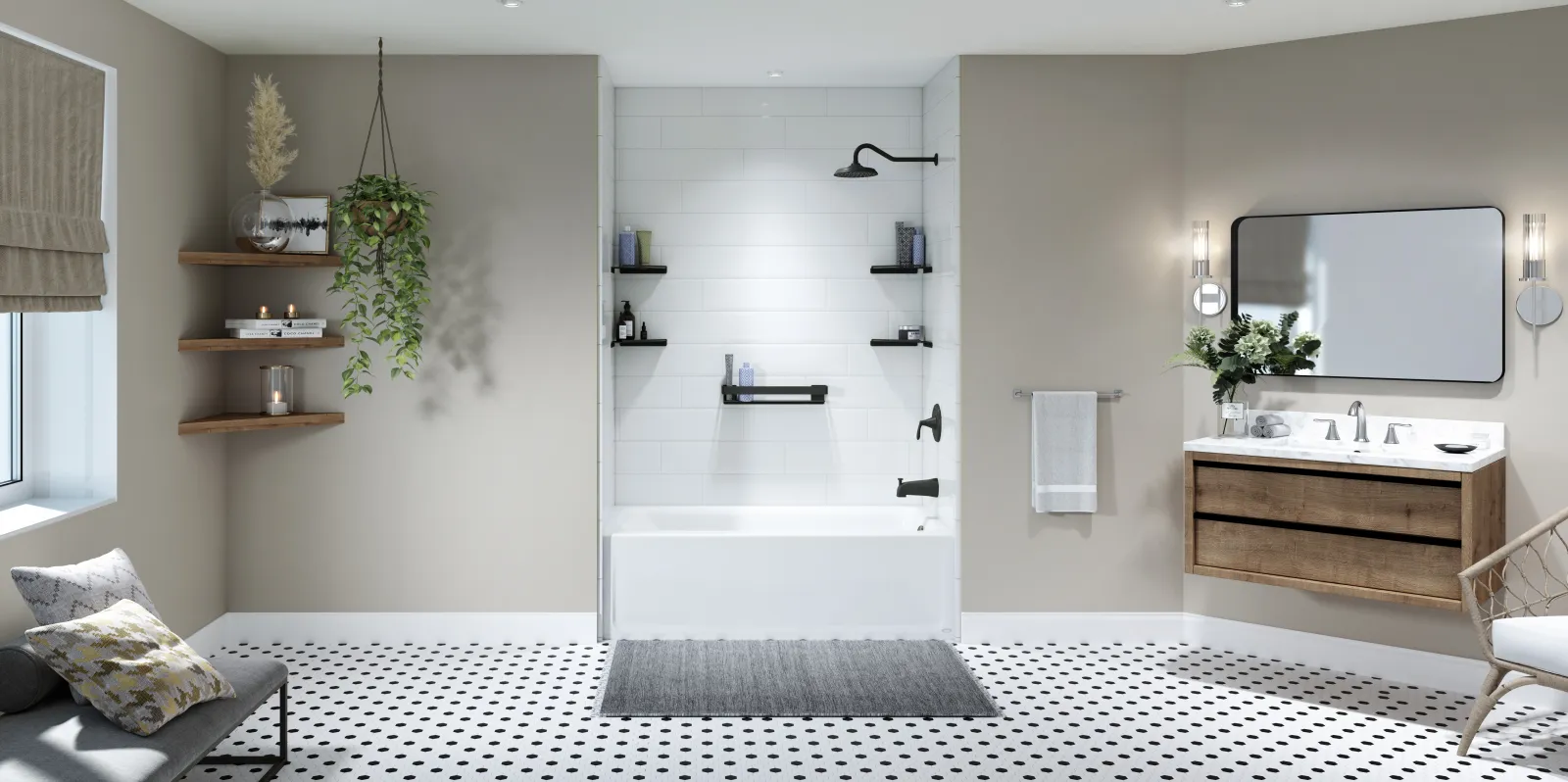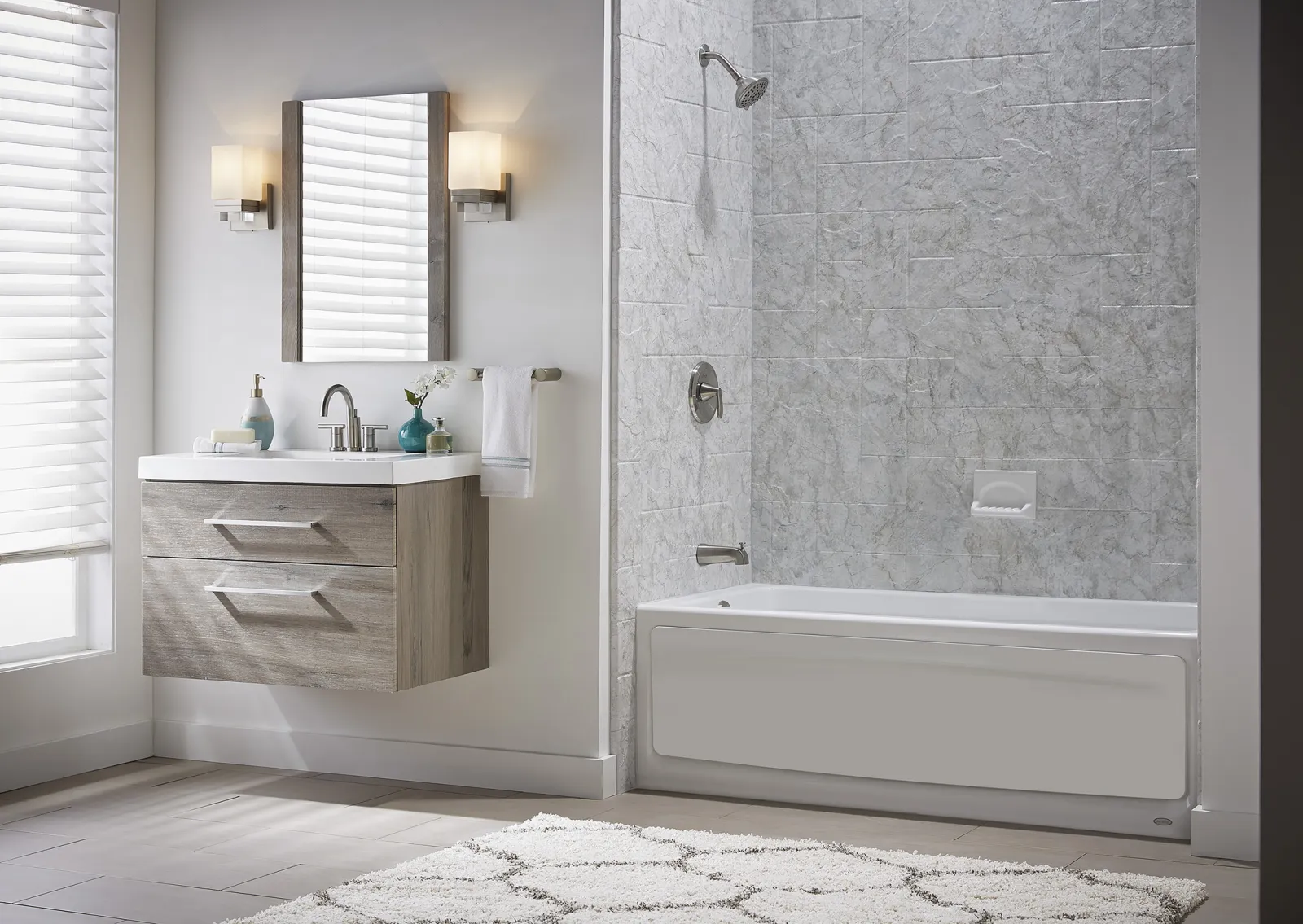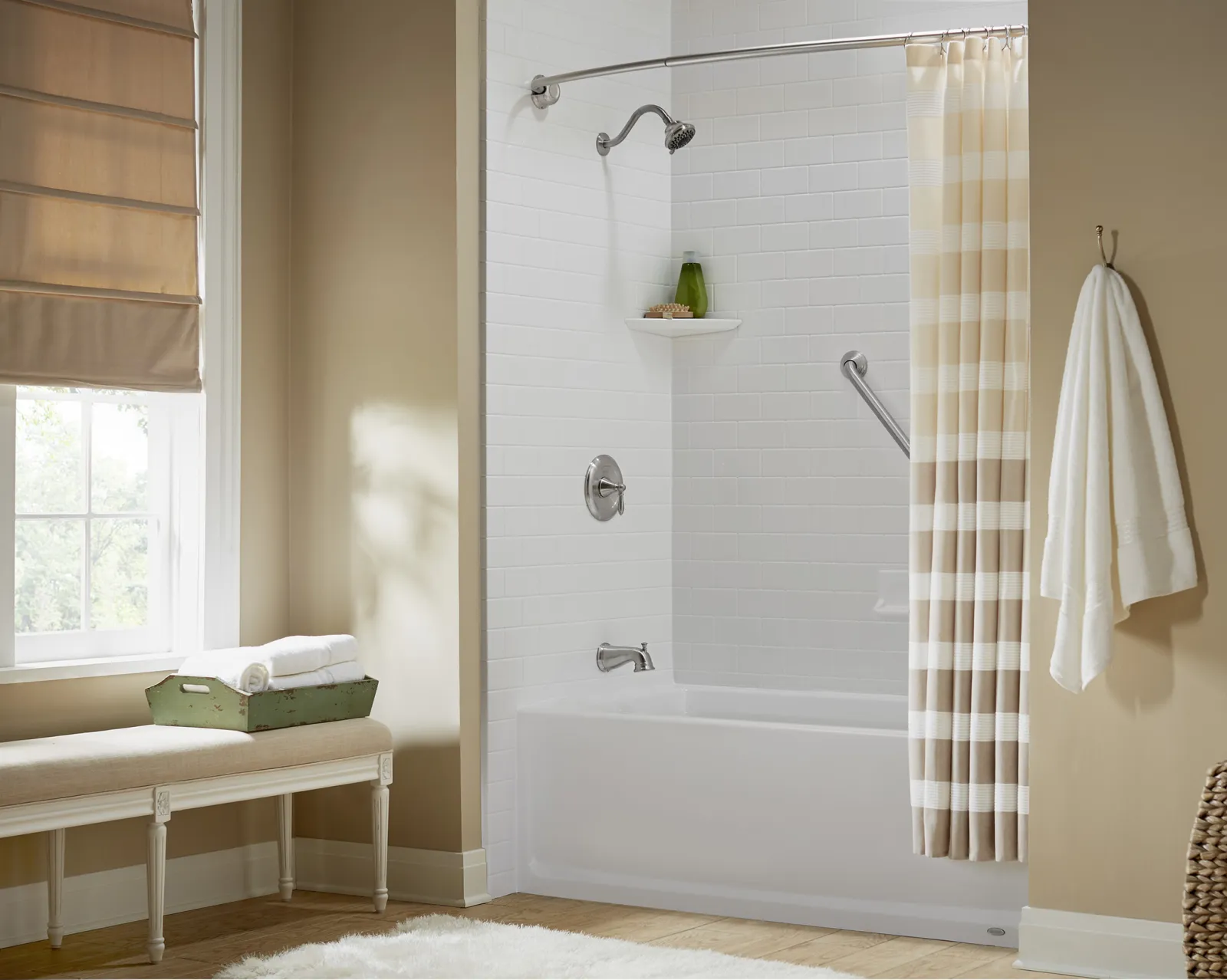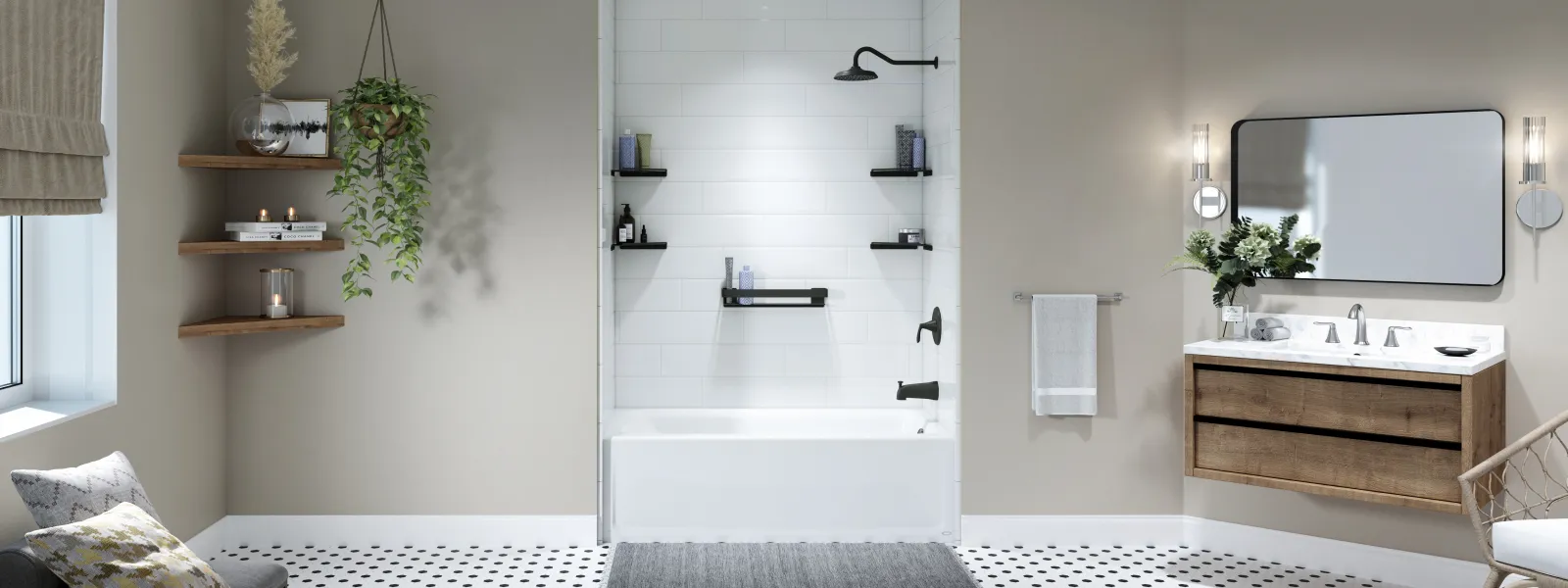Converting a Bathtub to a Shower: How It Works
Posted on July 13, 2023
Posted in Tub to Shower , Bath Shower Combo
How big of a job is it to convert a bathtub to a shower? Many Texas homeowners ask themselves this question as they contemplate the idea. As with many elements of home improvement, it's a task that requires a significant amount of skill, experience and patience.
Whether you're considering doing it yourself or planning to rely on professionals for planning and installation, let's go over the steps involved in bathtub-to-shower conversions.

Step 1: Assess Feasibility
The first step in converting a bathtub to a shower is determining whether it is feasible for your particular bathroom layout. Consider factors such as available space, plumbing configuration, and structural considerations. Consult with a professional shower installation company to evaluate the feasibility of the conversion and ensure compliance with local building codes.
Step 2: Design and Planning
Once you have confirmed the feasibility, it's time to plan the design and layout of your new shower. Consider your preferences for the shower enclosure, including the type of door or curtain, as well as the overall style and aesthetics. Decide whether you want a walk-in shower or a shower with a low threshold for easy accessibility. Additionally, consider the location of the showerhead, controls and any additional features (like built-in seating or storage).

Step 3: Remove the Bathtub
The next step involves removing the existing bathtub. This typically entails disconnecting the plumbing fixtures and faucets, removing the bathtub and addressing any necessary repairs or modifications to the surrounding walls, flooring and plumbing. It's advisable to hire a professional to handle this step (at the very least), as it requires knowledge of plumbing systems and construction techniques.
Step 4: Modify Plumbing
Converting a bathtub to a shower often requires making plumbing modifications to accommodate the new shower fixtures. This may involve rerouting or adjusting the plumbing pipes and drains to fit the shower configuration. Again, it is recommended to hire a professional plumber to ensure the plumbing modifications are carried out correctly and in compliance with local codes. Ending up with leaks from a DIY project of this type can end up being costly and can more than eat up any savings from installing a bath to shower combo yourself.
Step 5: Install New Shower Components
Once the necessary plumbing modifications are complete, the new shower components can be installed. This includes installing the shower base or pan, walls or enclosure, showerhead, controls and any additional features you have chosen. Ensure that the shower components are properly sealed and waterproofed to prevent water damage.
Step 6: Apply Finishing Touches
To complete the conversion, don't forget about finishing touches. This includes applying appropriate waterproofing measures, such as caulking or grout, to ensure a watertight enclosure. Consider the type of flooring you want, whether it's tile, vinyl or another suitable option that meets your needs. Finally, install appropriate ventilation to prevent moisture buildup in the new shower area.

Step 7: Test and Inspect It
Before using the newly-converted shower, it is essential to test the plumbing, drainage and all other components to ensure everything is functioning properly. A professional inspection may be necessary to verify compliance with building codes and to address any potential issues.
Converting a bathtub to a shower can transform your bathroom into a more functional and personalized space. To upgrade yours, contact Expo Home Improvement today.
